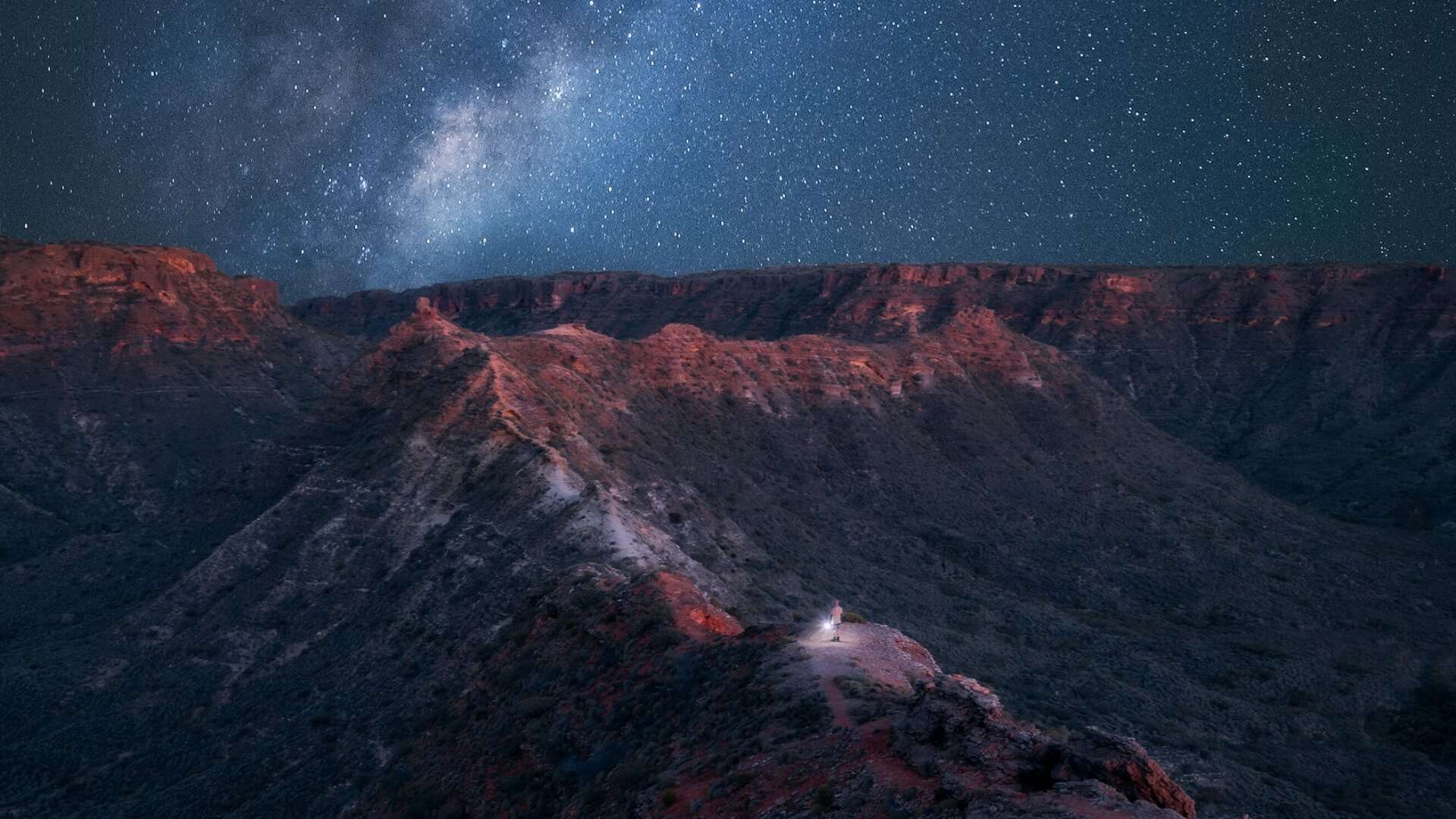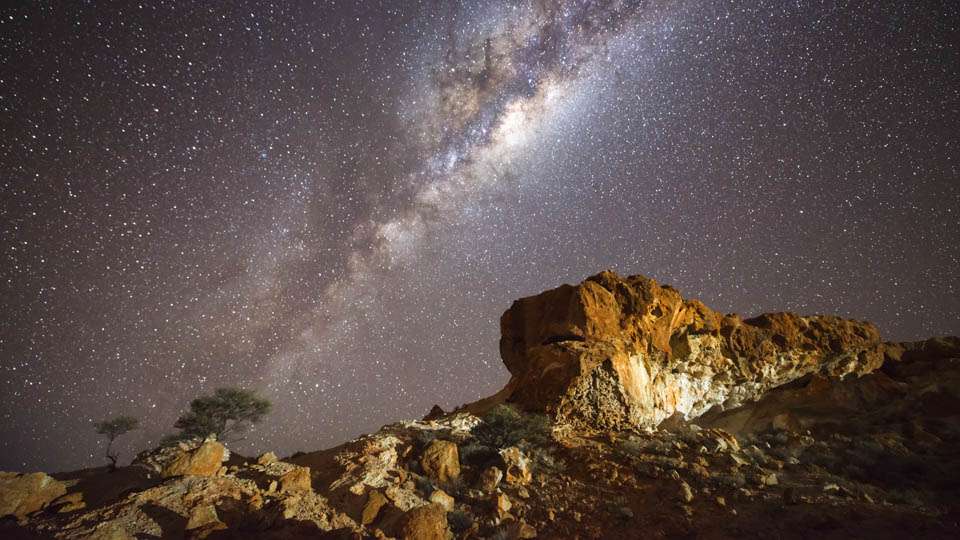What to expect in Exmouth
Exmouth will experience total darkness for 62 seconds as the moon’s shadow crosses the Exmouth Peninsula. The moon’s transit across the sun will take around three hours.
During totality, some stars and planets become visible, the air temperature drops and animals may change their behaviour.
The sky will become dark and a bright corona will become visible around the moon created by the hot gases in the outermost part of the sun’s atmosphere. In ordinary daylight, the corona of the sun isn’t visible but it can be seen during a total solar eclipse and looks like a white halo.
Experiencing the sun’s corona appear around the black shadow of the moon is the highlight of a total solar eclipse event.
What is an eclipse?
NASA defines an eclipse as when one heavenly body such as a moon or planet moves into the shadow of another heavenly body.
There are four types of solar eclipse (Total, Annular, Partial and Hybrid). The Hybrid Solar Eclipse is the rarest, and occurs when the distance between the earth and moon is so delicately balanced that the curvature of the earth comes into play.
The April 2023 event is described as a Hybrid Solar Eclipse. However, due to its location, Exmouth will experience a Total Solar Eclipse as the sun, moon and earth align in unison.
A Total Solar Eclipse occurs somewhere on Earth about every 18 months, usually somewhere out to sea. The phenomenon in 2023 will be accessible by land – a remarkably rare opportunity for viewing!
Hear from WA’s Chief Scientist Professor Peter Klinken and others and discover the great ways you can have an eclipse and night sky experience like no other on Earth.
Ningaloo’s early ‘astronomers’
Aboriginal people have been studying the night sky for tens of thousands of years. In the words of local Elders:
Our Aboriginal astronomy is the star of our Dreamtime stories.
The coastal people of Ningaloo Baiyungu, Yinnigurdira, & West Thalanyji have deep connection with Wilarra-moon. It tells us when it’s the right time for fishing, hunting and it’s a guide for our tides.
Jirndal-sun is the centre of Aboriginal & Torres Strait Islanders cultures. Jirndal is the sign of life, death & heat, in many Aboriginal traditions.
Jirndal- Sun is Nyanjil- women and Wilarra-Moon is Ganyara- Man, the only time they meet is Solar Eclipse and make love apparently haha. The eclipse represents new stars, new life in the universe when WilarraJirndal Bunimarri (when the Jirndal and the Wilarra meet). It strengthens our connection with the powerful spirit of the universe and makes us feel that mother nature is healthy, that the new stars from the sun and moon meeting represent new life ahead with our people.
It’s important we traditional owners read astronomy it guides and tell us what’s happening on country.
Exmouth- Warnangura is known to be our emu spirit Dreaming place. Strongly connected to our astronomy the Jirndi Nyunghu- Emu is our spiritual God, our creator. The three tribes of Nyinggulu belonging to Emu spirit Dreaming we call “Gajalbu malinmayi”.
Our totems, our clan, our language and our identity for where we come from.
You can also learn more at the Gravity Discovery Centre’s Aboriginal Astronomy Night where Dr Noel Nannup and other family members tell the dreamtime stories of how earth was created.
Make your journey all the more memorable. Check these tips for your 2023 Solar Eclipse experience.

